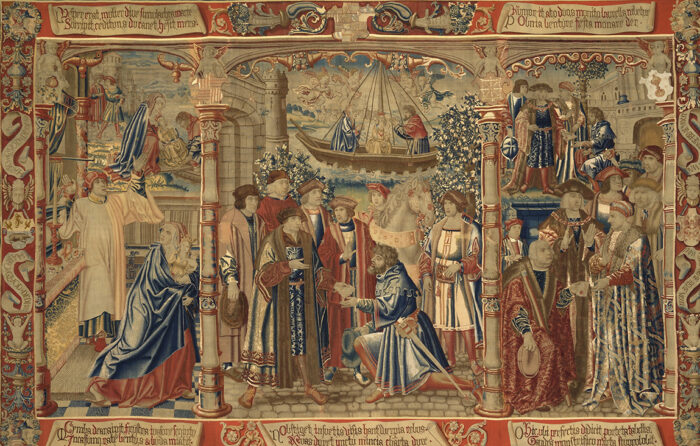- EN
- Your visit
-
-
Don’t wait a second longer and buy your tickets now!
-
- The museum
-
-
- Partner Museums >
Discover the other museums of the City of Brussels to complete your visit!
-
- The Museum at home
-
-
Discover the activities and events at the museum or from home!
-
- Contact us
-
-
- Contact form >
-
Stay informed of our activities.
-
- Group online reservation >
-
Book your guided group tours!
-
Don’t wait a second longer and buy your tickets now!
-
-
- Tickets
- Press


















